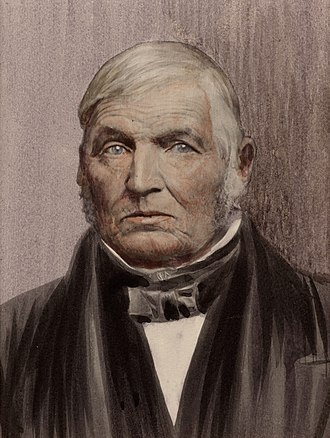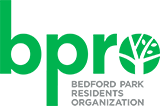
When Seneca Ketchum arrived in the village of York in 1796, he really wasn’t in any position to buy land or qualify for free land being given out by the British.
Nor could the 23-year-old immigrant afford to rent property in town. Along with several members, he had walked from the Catskills in New York State to Lake Ontario, then taken a boat from Kingston to York. There wasn’t much money left over.
However, he was able to lease land on the new Yonge Street – north of present-day Lawrence – from Hiram Kendrick. The four Kendrick brothers owned all the land on the west side of Yonge from Lawrence to Hogg’s Hollow, but Hiram was the only one who never actually lived on his property: a government requirement if he wanted to keep it.
So, Seneca built a log cabin on the site (just north of Fairlawn Avenue) and as more settlers moved into the area, he opened its first store. He sold woven goods made by women in the area (and, in the winter, made by men as well). He built a tannery and cobblery so he could sell boots. Farmers could rent a team of oxen or hire someone to help chop firewood. Salmon from the Don River and deer meat was also available.
“He was trusted throughout the district,” notes Don Ritchie in his book North Toronto. “If you wanted to trade apples for butchered hogs, Seneca’s judgment was trusted.”
Seneca began to prosper. His younger brother Jesse joined him. He bought Kendrick’s property in 1804, then sold the north half to Jesse. He hosted Sunday morning services of the Church of England in his home and later played a major financial role in launching St. John’s Anglican Church, which now stands on Old Yonge Street north of York Mills Road. He helped found the first – if short-lived – school in the area, behind today’s Miller’s restaurant in the hollow.
And, he hired a housekeeper for himself and Jesse. Nancy Love, a young widow with a baby daughter, was soon seen as more than a servant to the young bachelors. Both men were keen to marry Nancy. To solve the dilemma, Seneca and Jesse agreed to draw lots to see who should have her for a wife – Nancy apparently didn’t have much say in the matter. Jesse won, married Nancy, and went on to become one of Toronto’s first successful businessmen. Jesse Ketchum Public School at Davenport and Bay is named after him.
It was a setback for Seneca, but not for long. He married a neighbour, Anne Mercer, and bought land from his father-in-law in Hogg’s Hollow to build the school that could also hold church services. He also bought the lot directly across the street from his.
Becoming an Anglican missionary, Seneca moved his family, and others, to Orangeville in the 1830s to found the first church in the area (it was behind the Toyota dealership now located on Highway 9). He tirelessly trekked the wilderness counties of Dufferin and Grey to bring the church’s message to settlers and died there in 1850.
When they left North Toronto, Seneca and Anne Ketchum left their Yonge Street property to the British Crown so that the proceeds of the sales could be used to build Toronto’s first mental asylum.
Gary Schlee has been a resident of Bedford Park since 1991. As an author and historian, he has written many articles about the history of our area, notably from 2003-2012, for Community Life published by Fairlawn Avenue United Church (FAUC). This article originally appeared in the Summer 2004 issue. BPRO is grateful to Gary and FAUC for kindly and generously authorizing us to reprint these articles on our website. Please come back regularly to see additional articles as we post them.
